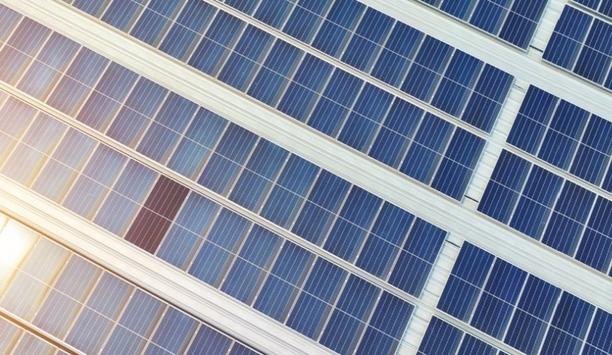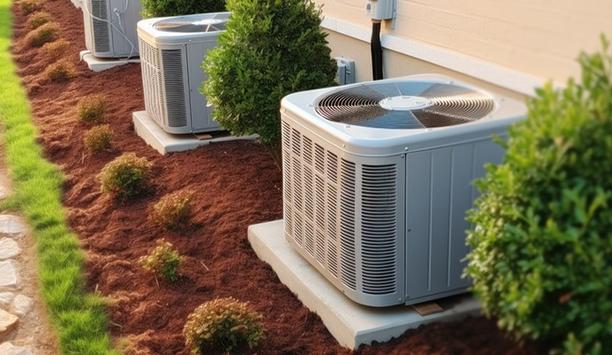Duct tape is both the most familiar product associated with the HVAC industry and, in many cases, not fit for purpose. Duct tape is also misunderstood. In fact, the product began as waterproof cloth tape that was called “duct tape,” emphasizing its ability to withstand moisture.
Misinterpretation of duct tape
Many tape products now identified as “duct tape” are not suitable for use with HVAC systems, which require permanence and the ability to withstand prolonged heat and air pressure, not provided by consumer versions of the familiar tape. Duct tape needs to be flame retardant, too.
Only the “top of the line” grade meets the stringent requirements of the HVAC trade. In fact, today using duct tape to seal actual ductwork is considered a code violation in many buildings. Duct tape is not allowed on ducts in California, for example.
Heat resistant
Tapes should adhere to standards UL 181A-P and UL 181B-FX to be used to seam, seal and join rigid ductwork
Heat-resistant foil-based tapes are needed to seal HVAC ducts. Tapes should adhere to standards UL 181A-P and UL 181B-FX to be used to seam, seal and join rigid ductwork. To achieve the UL listing, tapes are subject to a battery of tests, including flame resistance, mold growth and humidity, temperature, static load, impact pressure, collapse, tension, torsion, and leakage.
UL 181B-FX-compliant tape can be made from a variety of materials, such as foil, film, or cloth, and is a minimum width of 1.825 inches.
Heat sensitive
For heat-sensitive applications, aluminum foil tape is flame-retardant and works up to 248 degrees F. to meet UL 181A-P. The tape must be made of either aluminum or aluminum alloy foil and be at least 2.5 inches wide.
Quality products
Using the highest professional-grade products in all aspects of an HVAC installation ensures the best quality and most dependability for the customer. The cost of duct tape is minor when compared to other, more expensive components of an HVAC system.
Looking to save a few pennies on tape makes no sense if one considers the possible negative impact on the entire system design. High-quality materials are always the best option for HVAC contractors. A system is only as strong as its weakest link.
Characteristic coloring
Duct tape’s silver-gray coloring comes from powdered aluminum pigment. It matches the color of metal ductwork, but the specialty cloth tape with the strong pressure-sensitive adhesive (PSA) has become even more well known for its variety of other uses.
Today what’s known as duct tape is actually available in a variety of colors, grades, and types for many uses, each with a different type of fabric, polyethylene, and adhesive.
Only for emergency repairs
Duct tape should only be used for emergency leak repairs since prolonged submersion can degrade its stickiness
While known for its water resistance, duct tape should only be used for emergency leak repairs since prolonged submersion can degrade its stickiness. Hot surfaces can also soften the adhesive, causing it to lose strength, while extreme cold can harden the adhesive and destroy its sticking power. Furthermore, ultraviolet (UV) light can degrade adhesion.
Duct tape’s reputation as being able to “fix anything” ensures its continued familiarity and popularity. Duct tape has been used to repair shoes, for example, and was instrumental in helping to bring the Apollo 13 module back safely to earth in 1970.
Duct tape connection
Duct tape is one of the few products associated with HVAC contractors that are well known by the public. The colorful history of the tape, and its solid place in popular culture, is a connection point of sorts for many people to an industry they understand little about.







































